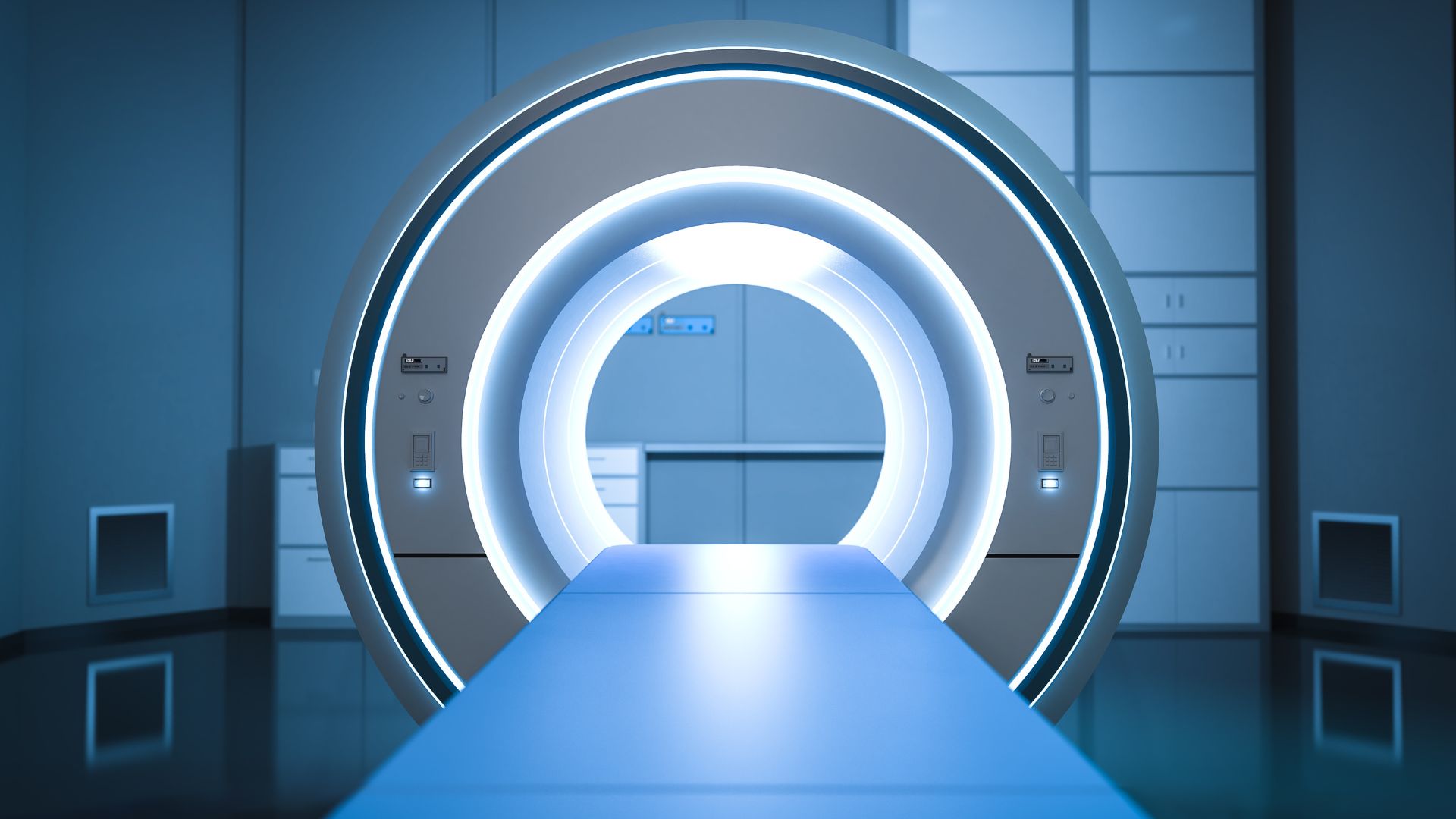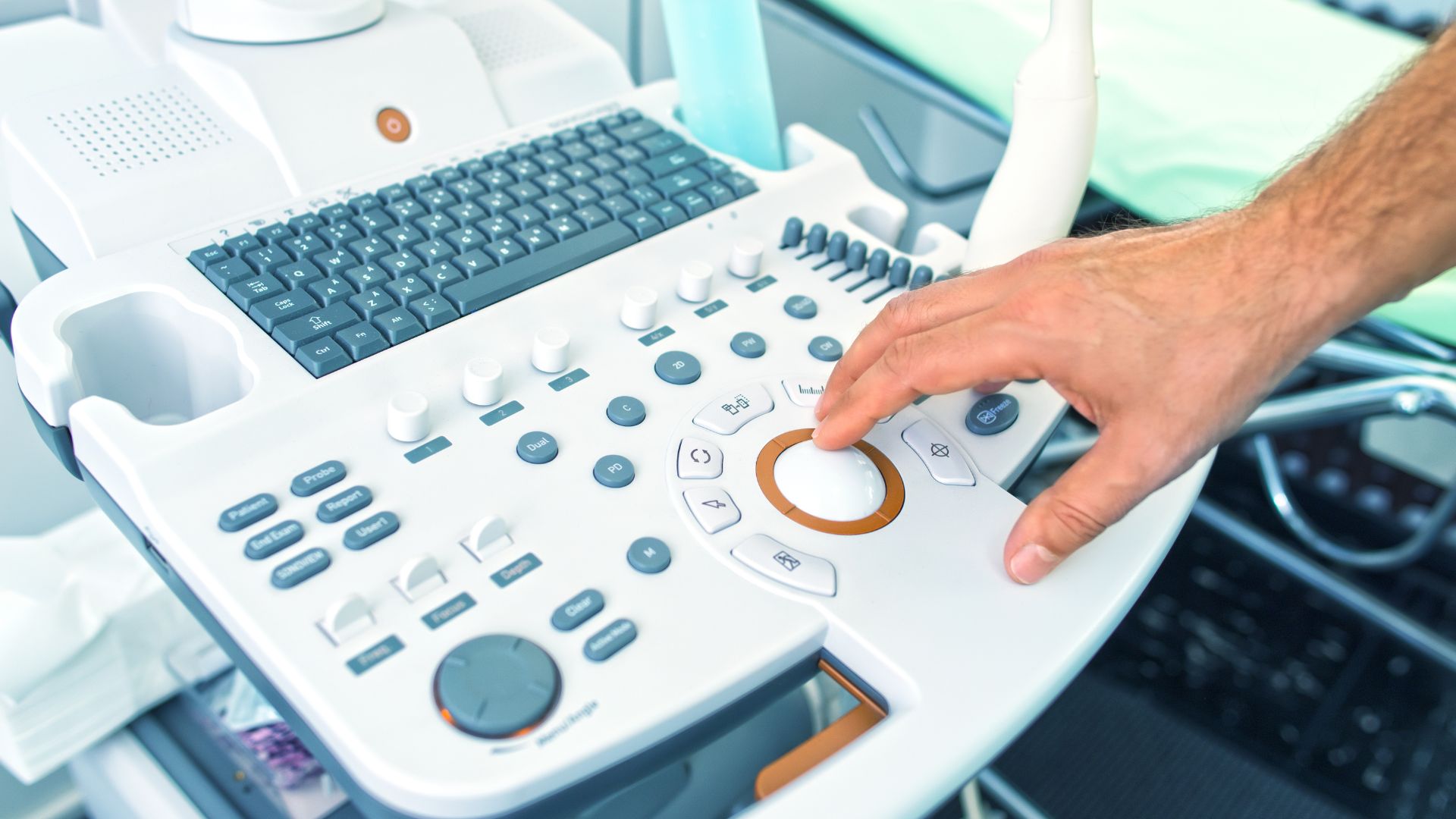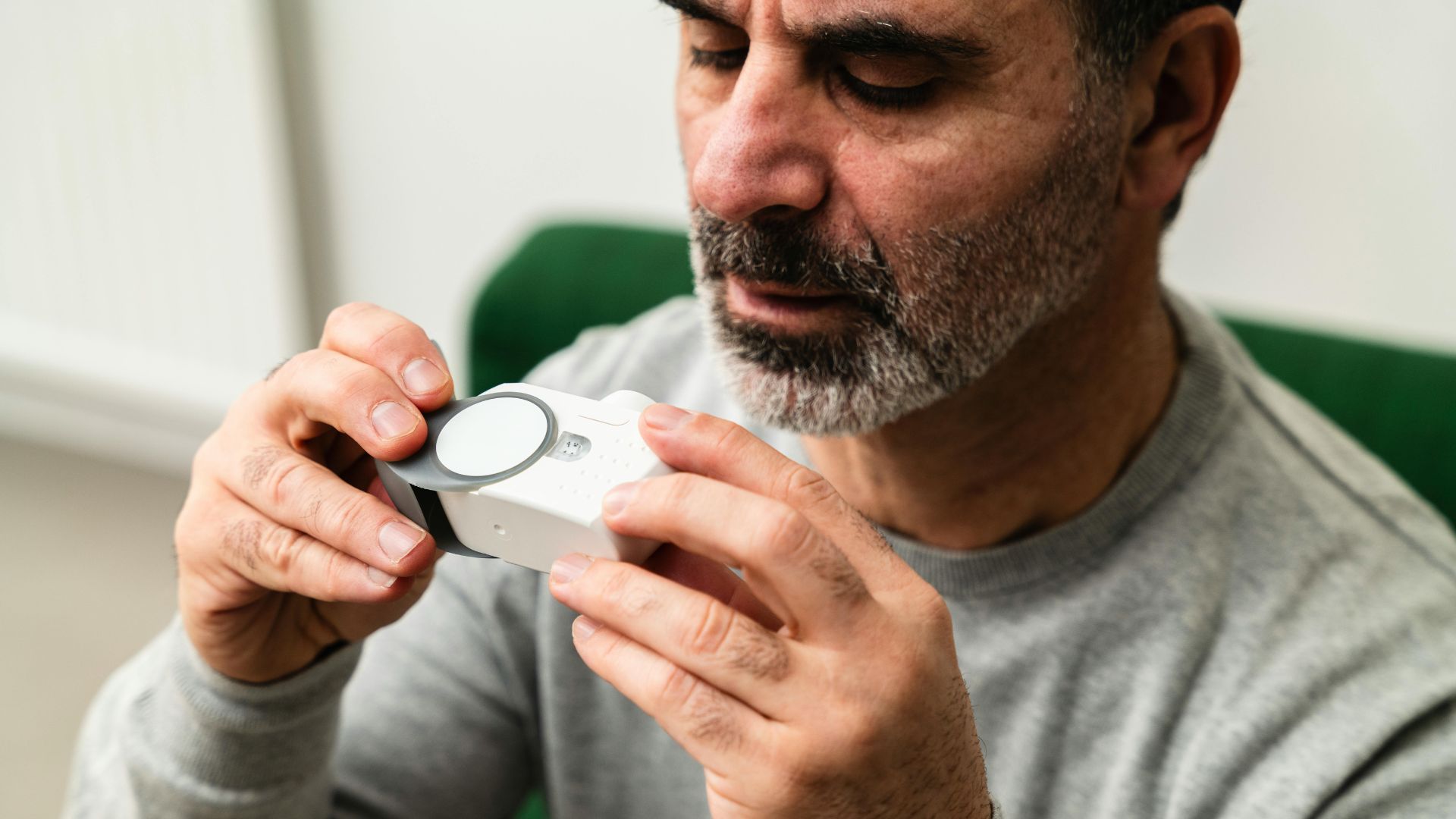For medical device manufacturers seeking to access the United States market, the classification system established by the U.S. Food and Drug Administration (FDA) is a critical determinant of regulatory strategy. Device classification is not simply an initial label—it dictates the device’s regulatory pathway, data requirements, extent of FDA oversight, and obligations for premarket and postmarket compliance. The FDA groups medical devices into three regulatory classes based on risk, each accompanied by specific controls and submission routes. This article offers an in-depth exploration of FDA classification, explains how it is determined and verified, and highlights the broader implications for manufacturers navigating product development, innovation, and market access.
Overview of FDA’s Regulatory Framework
The FDA’s regulation of medical devices is rooted in the Federal Food, Drug, and Cosmetic Act (FD&C Act), particularly Section 513. This statute mandates the classification of all medical devices into Class I, Class II, or Class III, depending on their intended use and the degree of risk they pose to patients or users. The Center for Devices and Radiological Health (CDRH) administers this framework, ensuring that the regulatory scrutiny applied to a device corresponds with its potential impact on public health.
In addition to classifying devices, the FDA also prescribes the appropriate regulatory controls for each category. These controls encompass everything from manufacturing standards to premarket evaluation, labeling, and postmarket surveillance. Importantly, classification determines whether a device must undergo premarket review and, if so, which submission pathway—510(k), De Novo, or PMA—is appropriate.
FDA Medical Device Classification Explained
Class I: Low-Risk Devices
Class I devices are those deemed to present minimal potential harm to the user. These devices are generally simple in design and do not support or sustain life. Accordingly, they are subject only to General Controls, which include requirements for establishment registration, device listing, proper labeling, adherence to Quality System Regulations (QSRs), and recordkeeping. Most Class I devices are exempt from premarket notification (510(k)) requirements.
Examples of Class I devices include tongue depressors, surgical scissors, and elastic bandages. These products must still comply with design controls and postmarket vigilance, but the FDA does not typically require detailed premarket submissions unless specified by regulation.
Class II: Moderate-Risk Devices
Class II devices carry a higher risk than Class I devices and therefore require additional regulatory controls—referred to as Special Controls—in order to provide reasonable assurance of their safety and effectiveness. These include mandatory performance standards, special labeling requirements, postmarket surveillance provisions, and FDA-recognized guidance documents.
A majority of Class II devices must go through the 510(k) premarket notification process, wherein the manufacturer demonstrates that their device is substantially equivalent to a legally marketed predicate. Examples of Class II devices include powered wheelchairs, infusion pumps, and endoscopic instruments. These devices typically involve more complex technology and clinical function than Class I devices, necessitating a higher burden of proof in terms of safety and performance.
Class III: High-Risk Devices
Devices classified as Class III are those that sustain or support life, are implanted, or present a potential unreasonable risk of illness or injury. These devices are subject to the most stringent regulatory requirements, including the Premarket Approval (PMA) process. The PMA pathway requires extensive scientific evidence, including well-controlled clinical studies, to demonstrate that the device is safe and effective for its intended use.
Examples of Class III devices include implantable defibrillators, artificial heart valves, and deep brain stimulators. The approval process often involves significant time and resource investment, including FDA facility inspections, manufacturing validation, and long-term safety monitoring.
Determining Device Classification: FDA Product Codes and Regulations
FDA classification is not arbitrarily selected by the manufacturer; rather, it must be grounded in precedent and regulatory logic. The first step in determining a device’s classification is to consult the FDA’s Product Classification Database. This searchable resource allows manufacturers to identify product codes, classification regulations under 21 CFR Parts 862–892, and applicable guidance documents based on the device’s intended use and technological characteristics.
Each Product Code provides specific insights into the classification level, required submission type, recognized standards, and whether the device is subject to exemptions. If a device aligns closely with an existing product code, the manufacturer typically prepares a 510(k) submission citing that code and demonstrating substantial equivalence. If no predicate exists, the manufacturer may submit a De Novo request or be directed to the PMA route.
Navigating FDA Premarket Pathways
510(k) Premarket Notification
This is the most commonly used submission pathway, required for many Class II devices and select Class I products. To achieve clearance, a manufacturer must demonstrate that their device is substantially equivalent to a legally marketed predicate in terms of intended use, design, and performance. The submission includes technical specifications, performance data (bench and, where applicable, clinical), and labeling.
De Novo Classification Request
This pathway was designed for novel devices that are low-to-moderate risk but lack a predicate. De Novo allows FDA to create a new device type and classification regulation. Submissions must include a thorough risk assessment, clinical and nonclinical testing, benefit-risk justification, and proposed Special Controls. Once granted, subsequent similar devices can use the 510(k) pathway.
Premarket Approval (PMA)
Used for Class III devices, PMA is the most rigorous pathway and requires evidence from clinical investigations conducted under an Investigational Device Exemption (IDE). The application must include detailed design history, biocompatibility and sterilization validation, risk analysis, labeling review, and manufacturing controls. PMAs are also subject to Advisory Panel review and comprehensive post-approval requirements.
Addressing Complex Products: Software, AI, and Combination Devices
Combination Products
When a device incorporates both device and drug (or biologic) components, it is considered a combination product. Jurisdiction over such products is assigned by the FDA’s Office of Combination Products (OCP) based on the primary mode of action. For example, a drug-eluting stent combines mechanical support (device) with pharmaceutical release, and may be regulated under both the Center for Devices and Radiological Health (CDRH) and the Center for Drug Evaluation and Research (CDER).
Software as a Medical Device (SaMD)
Software that performs medical functions without being part of a physical device must be classified based on its intended purpose and clinical function. Classification challenges arise in determining the level of autonomy, integration into care pathways, and risk posed by erroneous outputs. Clinical Decision Support (CDS) tools, AI algorithms, and mobile medical applications are increasingly regulated under a risk-based framework informed by FDA guidance such as “Clinical Decision Support Software” and “Good Machine Learning Practice for Medical Device Development.”
Strategic Classification and Long-Term Planning
Correctly identifying a device’s classification is not just a regulatory formality—it fundamentally influences business strategy, R&D investment, market readiness, and risk mitigation. Misclassification can result in submission rejections, enforcement actions, and delays that impact investor confidence and commercial viability.
To reduce these risks, manufacturers should:
- Conduct early classification assessments during product conceptualization
- Utilize FDA’s Q-Submission (Pre-Sub) process for classification feedback
- Align device classification with clinical claims, labeling, and reimbursement strategy
- Consider international harmonization implications under programs like IMDRF and MDSAP
A proactive classification strategy supports smoother reviews, targeted data collection, and coherent global launch timelines.
Classification as the Keystone of Regulatory Compliance
In the U.S. regulatory environment, FDA device classification is the foundational step that determines how a device is developed, validated, reviewed, and maintained on the market. It affects everything from clinical trial requirements to postmarket surveillance plans, and its influence extends into quality systems, cybersecurity preparedness, and global regulatory convergence.
Understanding the FDA classification framework in both technical and strategic terms allows manufacturers to navigate regulatory expectations with clarity and purpose. When undertaken with foresight and precision, classification is not a bureaucratic hurdle—it is a powerful tool for aligning innovation with compliance and accelerating safe, effective technologies to patients and providers.








